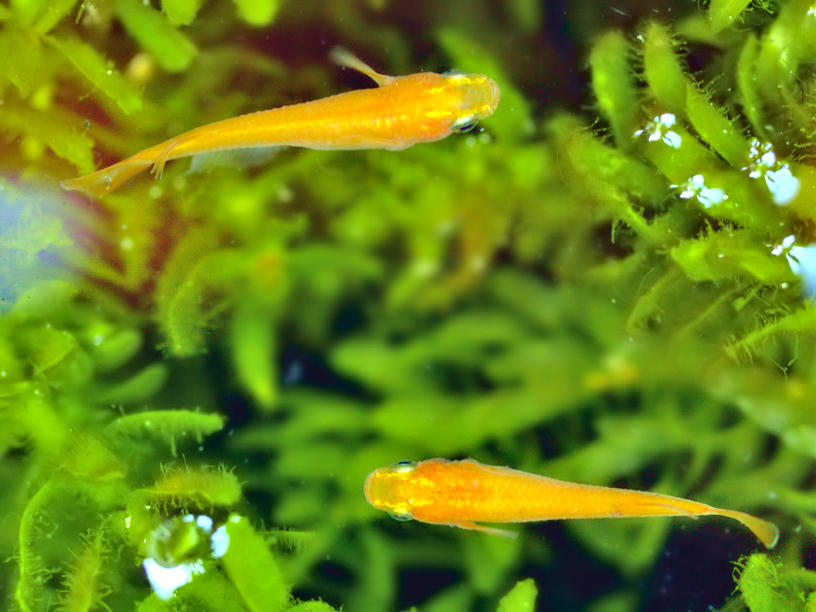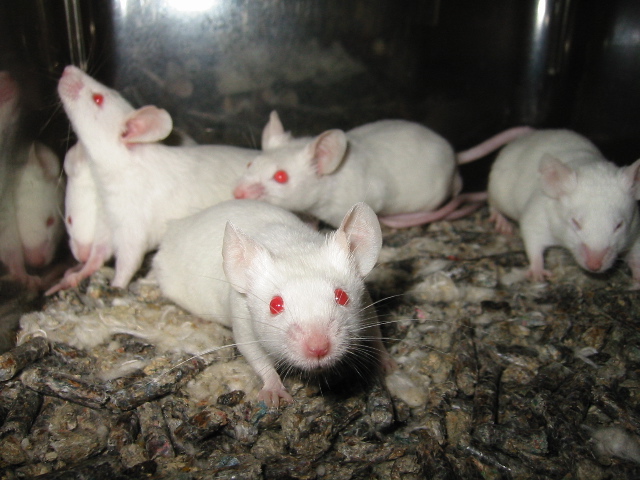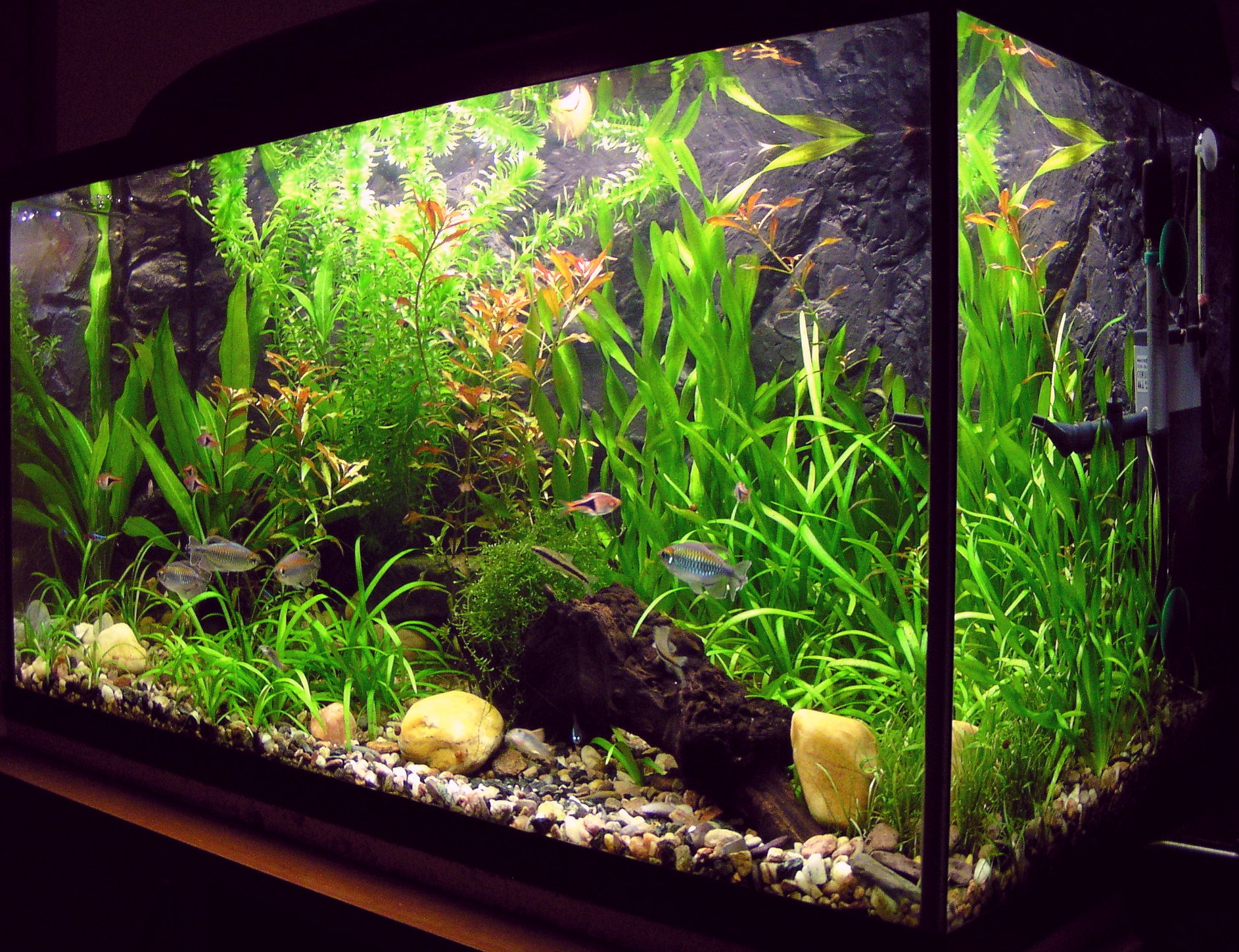|
Adrianichthyidae
The ricefishes are a family (Adrianichthyidae) of small ray-finned fish that are found in fresh and brackish waters from India to Japan and out into the Malay Archipelago, most notably Sulawesi (where the Lake Poso and Lore Lindu species are known as buntingi). The common name ricefish derives from the fact that some species are found in rice paddies. This family consists of about 37 species in two genera (some recognize a third, '' Xenopoecilus''). Several species are rare and threatened, and some 2–4 may already be extinct. The fossil genus †'' Lithopoecilus'' de Beaufort, 1934 from the Miocene of Sulawesi may potentially represent a prehistoric member of the family, although it is only tentatively placed within it. It appears to be intermediate in size between ''Oryzias'' and ''Adrianichthys''. Description Most of these species are quite small, making them of interest for aquaria. ''Adrianichthys'' reach lengths of depending on the exact species involved, while th ... [...More Info...] [...Related Items...] OR: [Wikipedia] [Google] [Baidu] |
Oryzias Woworae
''Oryzias'' is a genus of ricefishes native to fresh and brackish water in east and south Asia. Some species are widespread and the Japanese rice fish (''O. latipes'') is commonly used in science as a model organism, while others have very small ranges and are threatened. They are small, up to long, and most are relatively plain in colour. The genus name ''Oryzias'' is a reference to the scientific name for rice, ''Oryza''. They have an unusual reproductive behavior where the female WIKT:facultative, facultatively (optionally) carries the eggs in a cluster at the Pelvic fin, pelvic or anal fins for a period after they have been fertilized. Species These are the currently recognized species in this genus: * ''Oryzias asinua'' Lynne R. Parenti, Parenti, Renny Kurnia Hadiaty, Hadiaty, Daniel Natanael Lumbantobing, Lumbantobing & Fabian Herder, Herder, 2013 * ''Oryzias bonneorum'' Lynne R. Parenti, Parenti, 2008 * ''Oryzias carnaticus'' Thomas C. Jerdon, Jerdon, 1849 * ''Ory ... [...More Info...] [...Related Items...] OR: [Wikipedia] [Google] [Baidu] |
Oryzias
''Oryzias'' is a genus of ricefishes native to fresh and brackish water in east and south Asia. Some species are widespread and the Japanese rice fish (''O. latipes'') is commonly used in science as a model organism, while others have very small ranges and are threatened. They are small, up to long, and most are relatively plain in colour. The genus name ''Oryzias'' is a reference to the scientific name for rice, ''Oryza''. They have an unusual reproductive behavior where the female facultatively (optionally) carries the eggs in a cluster at the pelvic or anal fins for a period after they have been fertilized. Species These are the currently recognized species in this genus: * '' Oryzias asinua'' Parenti, Hadiaty, Lumbantobing & Herder, 2013 * '' Oryzias bonneorum'' Parenti, 2008 * '' Oryzias carnaticus'' Jerdon, 1849 * '' Oryzias celebensis'' Weber, 1894 (Celebes medaka) * '' Oryzias curvinotus'' Nichols & Pope, 1927 * '' Oryzias dancena'' Hamilton, 1822 * '' O ... [...More Info...] [...Related Items...] OR: [Wikipedia] [Google] [Baidu] |
Xenopoecilus
''Oryzias'' is a genus of ricefishes native to fresh and brackish water in east and south Asia. Some species are widespread and the Japanese rice fish (''O. latipes'') is commonly used in science as a model organism, while others have very small ranges and are threatened. They are small, up to long, and most are relatively plain in colour. The genus name ''Oryzias'' is a reference to the scientific name for rice, ''Oryza''. They have an unusual reproductive behavior where the female WIKT:facultative, facultatively (optionally) carries the eggs in a cluster at the Pelvic fin, pelvic or anal fins for a period after they have been fertilized. Species These are the currently recognized species in this genus: * ''Oryzias asinua'' Lynne R. Parenti, Parenti, Renny Kurnia Hadiaty, Hadiaty, Daniel Natanael Lumbantobing, Lumbantobing & Fabian Herder, Herder, 2013 * ''Oryzias bonneorum'' Lynne R. Parenti, Parenti, 2008 * ''Oryzias carnaticus'' Thomas C. Jerdon, Jerdon, 1849 * ''Ory ... [...More Info...] [...Related Items...] OR: [Wikipedia] [Google] [Baidu] |
Lake Poso
Lake Poso () is a lake in Central Sulawesi, Indonesia, and the third-deepest lake in Indonesia. The town of Pendolo is situated at the southern end of the lake, the town of Tentena is located at the northern end, while a number of smaller villages dot the shoreline. The lake drains into the Poso River at Tentena, which flows into the Molucca Sea at the town of Poso. Ecology The lake contains various fish, including the eel '' Anguilla marmorata'' which migrates between the lake and the sea, and 11 fish species that are endemic to the lake, notably buntingi ricefish (''Adrianichthys'', '' Oryzias nebulosus'', '' O. nigrimas'' and '' O. orthognathus''), gobies ('' Mugilogobius amadi'' and '' M. sarasinorum''), and the halfbeak '' Nomorhamphus celebensis''. These endemics are all highly threatened; in some cases possibly already extinct. One of the reasons for the drastic decline of the native fish are introduced, non-native species, particularly Mozambique tilapia and comm ... [...More Info...] [...Related Items...] OR: [Wikipedia] [Google] [Baidu] |
Japanese Rice Fish
The Japanese rice fish (''Oryzias latipes''), also known as the medaka, is a member of genus ''Oryzias'' (ricefish), the only genus in the subfamily Oryziinae. This small (up to about ) native of Japan is a denizen of rice paddies, marshes, ponds, slow-moving streams and tide pools. It is euryhaline, occurring in both brackish and freshwater. It became popular as an aquarium fish because of its hardiness and pleasant coloration: its coloration varies from creamy-white to yellowish in the wild to white, creamy-yellow, or orange in aquarium-bred individuals. Bright yellow, red or green transgenic populations, similar to GloFish, have also been developed, but are banned from sale in the EU. The medaka has been a popular pet since the 17th century in Japan. After fertilization, the female carries her eggs attached anterior to the anal fin for a period before depositing them on plants or similar things. Ecology Medaka live in small ponds, shallow rivers, and rice fields. They can ... [...More Info...] [...Related Items...] OR: [Wikipedia] [Google] [Baidu] |
Adrianichthys
''Adrianichthys'' is a genus of ricefishes. The genus is Endemism, endemic to Lake Poso in Sulawesi, Indonesia. All four species are considered seriously threatened and two of these, ''A. kruyti'' and ''A. roseni'', have not been recorded for decades, leading to fears that they already are extinct.Parenti, L.R. (2011)Endemism and Conservation of the Native Freshwater Fish Fauna of Sulawesi, Indonesia Prosiding Seminar Nasional Ikan IV: 1-10. ''Adrianichthys'' are larger than the ''Oryzias'' ricefish, reaching lengths of depending on the exact species involved. The name of this genus is a compound ending in the Greek language, Greek ''ichthys'' for "fish" with the first part honouring the linguist and missionary Nicolaus Adriani (1865-1926), who collected Zoological specimen, specimens around Lake Poso. Species There are currently four recognized species in this genus: * ''Adrianichthys kruyti'' Max Carl Wilhelm Weber, M. C. W. Weber, 1913 (Duckbilled buntingi) * ''Adrianichthys o ... [...More Info...] [...Related Items...] OR: [Wikipedia] [Google] [Baidu] |
Miocene
The Miocene ( ) is the first epoch (geology), geological epoch of the Neogene Period and extends from about (Ma). The Miocene was named by Scottish geologist Charles Lyell; the name comes from the Greek words (', "less") and (', "new") and means "less recent" because it has 18% fewer modern marine invertebrates than the Pliocene has. The Miocene followed the Oligocene and preceded the Pliocene. As Earth went from the Oligocene through the Miocene and into the Pliocene, the climate slowly cooled towards a series of ice ages. The Miocene boundaries are not marked by distinct global events but by regionally defined transitions from the warmer Oligocene to the cooler Pliocene Epoch. During the Early Miocene, Afro-Arabia collided with Eurasia, severing the connection between the Mediterranean and Indian Oceans, and allowing the interchange of fauna between Eurasia and Africa, including the dispersal of proboscideans and Ape, hominoids into Eurasia. During the late Miocene, the conn ... [...More Info...] [...Related Items...] OR: [Wikipedia] [Google] [Baidu] |
Extinct
Extinction is the termination of an organism by the death of its Endling, last member. A taxon may become Functional extinction, functionally extinct before the death of its last member if it loses the capacity to Reproduction, reproduce and recover. As a species' potential Range (biology), range may be very large, determining this moment is difficult, and is usually done retrospectively. This difficulty leads to phenomena such as Lazarus taxon, Lazarus taxa, where a species presumed extinct abruptly "reappears" (typically in the Fossil, fossil record) after a period of apparent absence. Over five billion species are estimated to have died out. It is estimated that there are currently around 8.7 million species of eukaryotes globally, possibly many times more if microorganisms are included. Notable extinct animal species include Dinosaur, non-avian dinosaurs, Machairodontinae, saber-toothed cats, and mammoths. Through evolution, species arise through the process of specia ... [...More Info...] [...Related Items...] OR: [Wikipedia] [Google] [Baidu] |
Lieven Ferdinand De Beaufort
Lieven Ferdinand de Beaufort (March 23, 1879 in Den Treek, Leusden – 11 May 1968 in Amersfoort) was a Dutch biologist who, in 1903, participated in the North New Guinea Expedition. In the 1920s he was director of the Zoological Museum of Artis in Amsterdam and later zoogeography professor at the University of Amsterdam. Beaufort is commemorated in the scientific name of a species of lizard, ''Sphenomorphus beauforti'', which is a synonym of '' Sphenomorphus schultzei''. www.reptile-database.org. See also * :Taxa named by Lieven Ferdinand de Beaufort References SourcesProf. dr. L.F. de Beaufort, 1879 - 1968at the University of Amsterdam The University of Amsterdam (abbreviated as UvA, ) is a public university, public research university located in Amsterdam, Netherlands. Established in 1632 by municipal authorities, it is the fourth-oldest academic institution in the Netherlan ... ''Album Academicum'' website 1879 births 1968 deaths Dutch zoologists Academ ... [...More Info...] [...Related Items...] OR: [Wikipedia] [Google] [Baidu] |
Model Organism
A model organism is a non-human species that is extensively studied to understand particular biological phenomena, with the expectation that discoveries made in the model organism will provide insight into the workings of other organisms. Model organisms are widely used to research human disease when human experimentation would be unfeasible or unethical. This strategy is made possible by the common descent of all living organisms, and the conservation of metabolic and developmental pathways and genetic material over the course of evolution. Research using animal models has been central to most of the achievements of modern medicine. It has contributed most of the basic knowledge in fields such as human physiology and biochemistry, and has played significant roles in fields such as neuroscience and infectious disease. The results have included the near- eradication of polio and the development of organ transplantation, and have benefited both humans and animals. From 19 ... [...More Info...] [...Related Items...] OR: [Wikipedia] [Google] [Baidu] |
Aquarium
An aquarium (: aquariums or aquaria) is a vivarium of any size having at least one transparent side in which aquatic plants or animals are kept and displayed. fishkeeping, Fishkeepers use aquaria to keep fish, invertebrates, amphibians, aquatic reptiles, such as turtles, and aquatic plants. The term ''aquarium'', coined by English naturalist Philip Henry Gosse, combines the Latin root , meaning 'water', with the suffix , meaning 'a place for relating to'. The aquarium principle was fully developed in 1850 by the chemist Robert Warington, who explained that plants added to water in a container would give off enough oxygen to support animals, so long as the numbers of animals did not grow too large. The aquarium craze was launched in early Victorian era, Victorian England by Gosse, who created and stocked the first public aquarium at the London Zoo in 1853, and published the first manual, ''The Aquarium: An Unveiling of the Wonders of the Deep Sea'' in 1854. Small aquariums are k ... [...More Info...] [...Related Items...] OR: [Wikipedia] [Google] [Baidu] |








